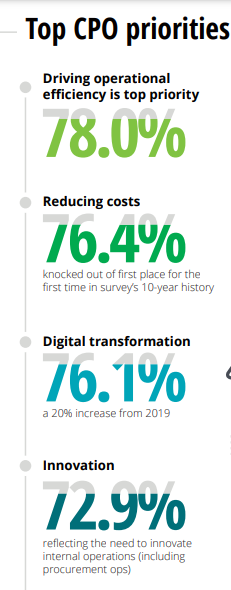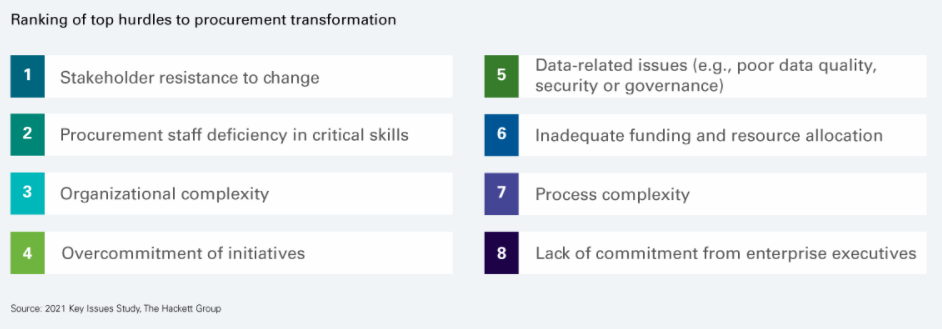Topics: Multifamily, Procure-to-pay cycle
Posted on January 28, 2022
Written By Siddharth Sujan

The COVID-19 outbreak was particularly hard on multifamily providers. For a sector known for its dynamic nature, this resulted in additional pressure for CFOs & FDs. As businesses struggle to reach pre-pandemic occupancy levels, finance teams are expected to not only optimize operations to improve overall profitability, but also keep operational costs low.
In such a high-pressure scenario, carrying out routine procure to pay (P2P) activities can prove to be a daunting task for onshore teams.
Simply put, the procure-to-pay cycle comprises the entire purchase system for a business. It begins with identifying and purchasing a product or service required by the business, and ends with processing the payment for that purchase.
Multifamily businesses tend to be reliant on various utility and other suppliers for day-to-day functioning. These sourced products and utilities have a direct impact on the business’ overall profitability, making P2P cycle critical for any multifamily provider. Property managers, therefore, find themselves struggling to efficiently manage procurement, keeping the costs down without compromising on the quality.

In order to stay ahead of the curve and contribute to business profitability, it is important for CFOs & FDs to keep up with accounting best practices and financial regulations in their jurisdiction. Here are some tips that the finance decision-makers in multifamily industry can adapt to develop a smart property management strategy and increase profit margins:
1) LEVERAGE VOLUME DISCOUNTS: Many a times, CFOs & FDs end up opting for a property-centric, on-demand supply approach when it comes to procuring goods & services. While this approach avoids inventory overflows, it can also open the room for development/repair delays and lead to higher operational costs & wastage of human resources. On the other hand, negotiating procurement prices on the total volume at the portfolio level, instead of individual property, is a simple trick that can bring down costs significantly.
RELATED CASE STUDY: Do you know that QX worked with a leading student housing company to automate the purchase order process? Read the case study now!
2) ALLOCATE PURCHASING RESPONSINILITIES: One of the most common mistakes that can create absolute chaos in your P2P process is failing to set a process for actual purchasing. Even if you decide to give purchasing power to a select few members in the team, it is bound to result in higher accountability rates and ensure consistency. In contrast, when purchasing power is given to multiple people, your team members are likely to spend long hours chasing quotes from non-qualified vendors or make rogue purchases.
3) TRACK WARRANTIES EFFICIENTLY: One of the easiest tricks in the book that is often overlooked is tracking warranties as it can play a key role in eliminating unnecessary purchases. Since multifamily businesses procure a wide range of products from multiple vendors, maintaining a complete list of all procured items with their purchase date and warranty information can help streamline maintenance and upkeep. Many CFOs & FDs also leverage dedicated warranty tracking systems that help maintain purchase data, check for warranty status and find service centers in case of malfunctions or defects.
4) CONDUCT PERIODICAL PROCUREMENT REVIEWS: A multifamily company’s P2P process can also go haywire when CFOs & FDs fail to recognize procurement as a dynamic function that requires constant reevaluation. Conducting in-depth, yearly reviews of the entire procure to pay process is a simple yet important practice that can help finance managers stay in control. These reviews can serve as the ideal time to standardize vendors, identify higher volume discounts, renew contracts and ensure service levels for tenants.

5) EMBRACE TECHNOLOGY & INNOVATION: Over the last few years, technology has come to play a defining role in property management with tenants expecting smarter, more connected spaces. Unsurprisingly, this technology-forward attitude can also help define back-office success for your multifamily business. Purchase order systems like QX Procurely, for instance, can help digitize the ordering process, provide better visibility on business spending and make it easier to track purchases throughout the organization.
While optimizing the procure to pay function comes with a wide range of benefits, it is not as easy as it sounds. Moving from legacy practices to revamped, automated processes requires great deal of planning, investment and expertise. QX Global Group is a leading sourcing agency offering outsourced finance & accounting solutions to businesses across the globe.
Our outsourced procure-to-pay solutions have enabled end-to-end transformation for clients across industries. In addition, we have also developed a proprietary purchase order system, QX Procurely that can help multifamily providers digitize their ordering process.
Got some questions? Get in touch with our experts today for a no-obligation consultation.
Originally published Jan 28, 2022 01:01:53, updated Apr 07 2025
Topics: Multifamily, Procure-to-pay cycle